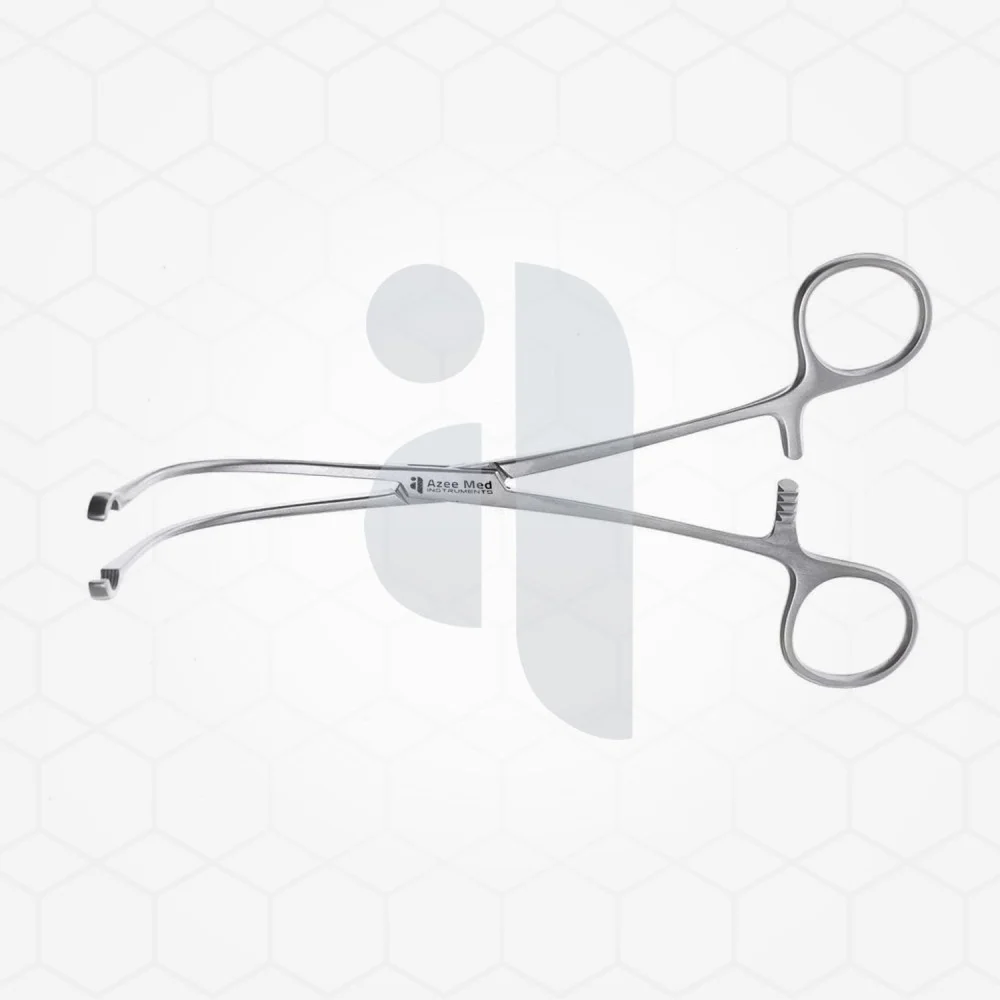A shunt clamp is a specialized surgical instrument used primarily in vascular and neurosurgical procedures to temporarily control the flow of fluids in shunts, blood vessels, or drainage systems. It plays a crucial role in maintaining controlled blood flow, reducing the risk of excessive bleeding, and ensuring the success of complex medical procedures. Shunt clamps are designed to provide a secure but gentle grip, preventing damage to delicate tissues while effectively restricting or regulating flow.
Design and Functionality
Shunt clamps are crafted with precision to allow for controlled clamping of tubes and vessels. They are usually made from high-quality stainless steel, ensuring durability, resistance to corrosion, and ease of sterilization. The design typically includes smooth or finely serrated jaws to prevent excessive pressure on delicate structures while still maintaining a secure hold.
Many shunt clamps feature a locking mechanism that allows for steady pressure control, enabling surgeons to fine-tune the amount of restriction applied. Some models have a ratcheted design, providing multiple locking positions for varying degrees of clamping force. In certain cases, silicone or rubber-coated tips may be used to provide additional protection for delicate tissues.
Medical Applications of the Shunt Clamp
Shunt clamps are widely used in neurosurgery, particularly in procedures involving cerebrospinal fluid (CSF) shunts. These shunts are placed to drain excess fluid from the brain, helping to manage conditions like hydrocephalus. The clamp allows surgeons to temporarily stop the flow of CSF while making adjustments or replacements to the shunt system.
In cardiovascular surgery, shunt clamps are used to temporarily occlude blood flow during procedures such as bypass grafting and aneurysm repair. By controlling blood movement, surgeons can operate with greater precision and minimize complications from excessive bleeding.
Additionally, shunt clamps are employed in dialysis procedures, where vascular access is needed for blood filtration. By controlling the flow in dialysis shunts, these clamps help prevent complications such as excessive blood loss or sudden pressure changes.
Benefits of Using a Shunt Clamp
One of the key advantages of a shunt clamp is its ability to provide controlled occlusion without causing damage to vessels or tubing. The design ensures that even delicate structures can be clamped without excessive force, reducing the risk of trauma.
Another major benefit is its role in surgical precision. By allowing surgeons to control blood or fluid flow during critical moments in a procedure, a shunt clamp improves overall patient safety and surgical outcomes. It also contributes to a more organized and controlled surgical field, enabling a smoother operation.
Durability is another factor that makes shunt clamps valuable in surgical settings. The high-quality materials used in their construction ensure longevity and consistent performance across multiple procedures, provided they are properly maintained and sterilized.
Maintenance and Sterilization
Proper sterilization is essential to maintaining the safety and effectiveness of shunt clamps. Reusable clamps must be thoroughly cleaned, disinfected, and sterilized after each use to prevent infections and ensure patient safety. Autoclaving is the most common sterilization method used for metal surgical instruments, ensuring that the clamps remain free from contaminants before their next use.
Regular inspection of shunt clamps is also necessary to ensure that their locking mechanisms, jaws, and overall structure remain in optimal condition. Damaged or worn-out clamps should be replaced to avoid any risk of malfunction during a surgical procedure.
Conclusion
The shunt clamp is a critical tool in neurosurgery, cardiovascular surgery, and various medical procedures that require precise fluid control. Its ability to temporarily restrict flow without damaging delicate tissues makes it an indispensable instrument in modern surgical practice. With proper maintenance and careful handling, shunt clamps continue to play a vital role in ensuring successful surgical outcomes and patient safety.





Comments